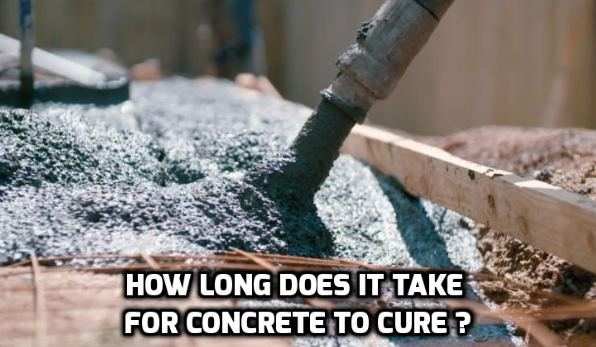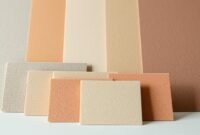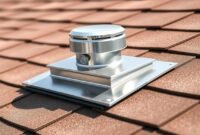Experts will answer the question, “How long does concrete take to dry?” with the answer, “Concrete takes 28 days to cure.” Experts say concrete doesn’t dry but hardens or cures.
How long does it take for concrete to cure?
- Experts say that if we want the concrete slab to cure correctly, at least in the first week, we will have to keep the concrete warm and wet between fifty and ninety degrees Fahrenheit. As mentioned before, the concrete will gain its hardness and strength in twenty-eight days after the application. See more detail below.
- When concrete begins to harden, the water emerges to the surface. We cannot let the water evaporate or dry too quickly in this stage since it will create small and large cracks in the concrete. It also can cause spider-web-like cracks to happen or create dust-powdery concrete surfaces. So, for the best result, you’ll have to give the concrete surface water to moisten.
- Sunlight, humidity, and rain do cause the concrete to harden. If it rains, you should cover it up with plastic. If the weather is too hot, you can regularly pour water on it or use a curing blanket or wet burlaps. If you apply concrete in winter, you will have to make it warm by covering it up with straws and burlaps. These two will prevent the water in the concrete from getting frozen. The frozen water obviously will ruin the concrete.

How long does concrete take to dry?
- After three days of application, we can walk slowly on the surface of the concrete. It is safe and won’t damage the concrete. If you have pets, you cannot let them walk across the concrete for the first three days.
- For the best result, you should cover it up with straw or burlap for seven days. This will make other people feel discouraged to walk on the concrete. For the first week, we cannot drag heavy equipment or drive across the area. You can drive across it and drag heavy equipment on it in twenty-eight days. If you apply decorative or stamped concrete, it will take more than one week to harden.
- Be careful when applying concrete. Make sure the mixture of concrete is not too wet. If it is too wet, you won’t be able to make it strong. So, it is suggested that you use the slump test to check concrete consistency. The test will have to make you add to a cone-shaped form three-staged layers of concrete.
- After that, insert the three-fourths part of a rounded-nose rod into every layer and then tamp the concrete 25 times. If all layers have been tamped, you should remove the cone. You should measure the falling concrete from the original height.
- After applying concrete, you should take care of it to avoid over-hydration, cracking, or being too hard quickly. Nowadays, we can use accelerator products or curing compounds for concrete from local home improvement stores for a quick curing process. The products, which are chemicals, act as the catalysts in the process of curing. The best products will turn the concrete to cure in a shorter time.
Read also: Board Formed Concrete for Walls
The process of applying concrete itself is not that easy. Most people make mistakes when applying concrete. Obviously, they didn’t follow the instructions from experts. The best way to apply concrete is to use a proper concrete mixture to give the best result. See the tips below.

How to have a proper concrete mixture
- First, into the concrete in a mixing tray or wheelbarrow, pour a measured amount of water. It is suggested that the water is from a bucket, which makes it easy to measure water. Don’t try to hose it, or the concrete will scatter everywhere. After that, with a hoe, mix the concrete and the water thoroughly for some time.
- After the concrete absorbs the water and becomes one properly, check if the mixture is too thin or soupy. Make sure you know that soupy concrete is not that strong. Keep several cups of dry concrete to use if the mixture is too thin. A little long mixing process will ensure that all of the particles in the mixture are wet. When the concrete turns runny, it is ready to pour.
- After pouring the concrete, make sure you use a certain tool to make it even properly.
- If the process has finished, never leave the tools dirty, or you’ll have difficulty cleaning them when you need them.


